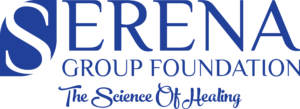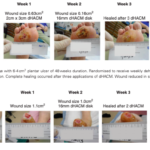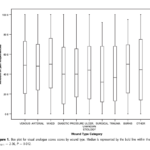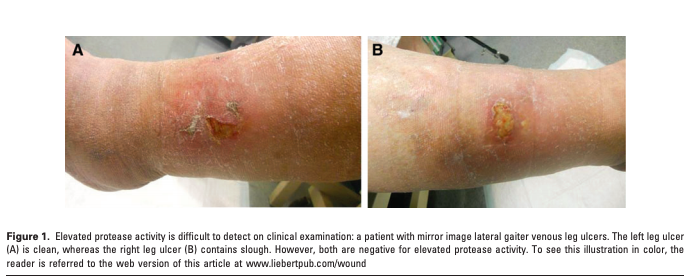
Development of a Novel Technique to Collect Proteases from Chronic Wounds
Proteases play an essential role in normal wound healing. However, chronic wounds are characterized by abnormally high levels of proteases, in particular, the matrix metalloproteases (MMPs) and neutrophil elastase. In 2010, an international consensus panel identified elevated MMPs and human neutrophil elastase (HNE) as strong candidates for biomarkers for nonhealing wounds. A cooperative group of wound healing centers (SerenaGroup, Inc., Cambridge, MA and Systagenix, Inc., Gargrave, England) collaborated to conduct a series of laboratory and clinical trials to develop the first point-ofcare diagnostic in wound healing. The first challenge was that detecting an elevated protease activity required an accurate specimen collection technique. The Levine technique utilized in the collection of bacteria for culture, using a cotton swab, failed to gather consistent levels of proteases. Extensive experimentation with collection methods and swab types finally led to the optimal procedure, The Serena Techniqueª. Laboratory measurements for MMPs and HNE confirmed the reliability and repeatability of the procedure. This article describes a novel method for collecting wound proteases (The Serena Techniqueª).
Development-of-a-Novel-Technique-to-Collect-Proteases-from-Chronic-Wounds